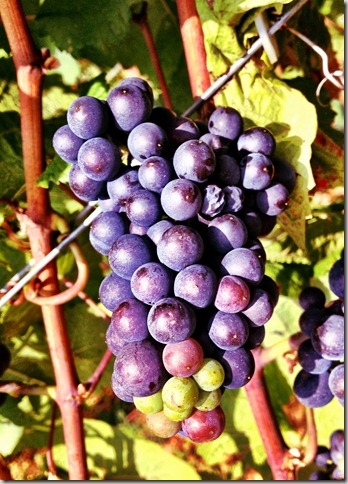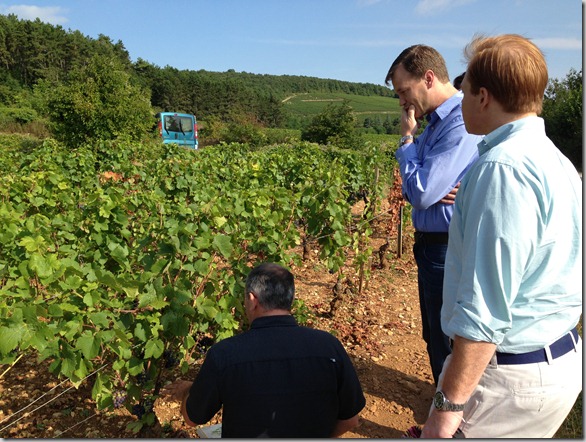We spent two days meandering through Burgundy sipping our way through miles of vineyards and caves. As none of us are experts on French wine, we booked a private tour on Sunday, our first full day, so we could learn the basics.
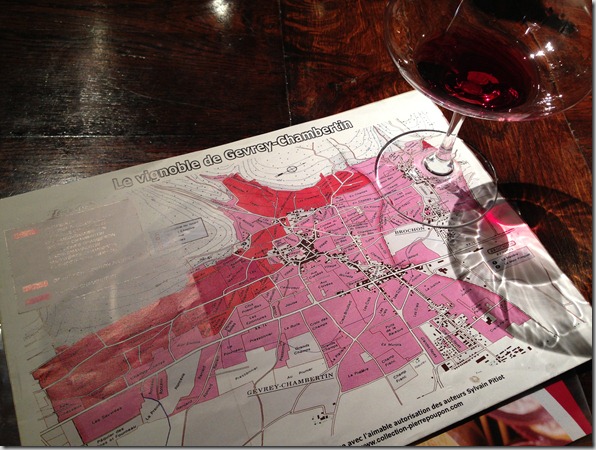 While it was a bit pricey, having a guide who is a local but also speaks English, was very helpful and allowed us to learn more than we every imagined. By Sunday evening we knew more about Burgundy and the French wines from this region than we thought we could learn in one day.
While it was a bit pricey, having a guide who is a local but also speaks English, was very helpful and allowed us to learn more than we every imagined. By Sunday evening we knew more about Burgundy and the French wines from this region than we thought we could learn in one day.
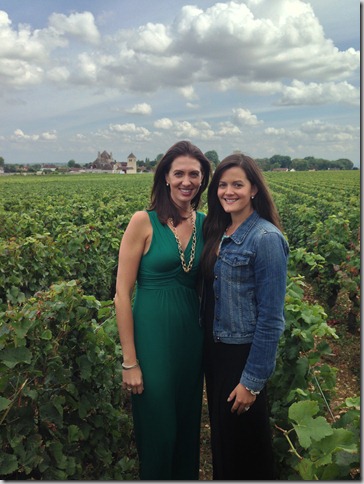 Here are some of the things we learned along the way from our fearless guide.
Here are some of the things we learned along the way from our fearless guide.
- Burgundy has been making wine for over 2,000 years.
- When Romans arrived, Pinot Noir was growing wild.
- Even with only 2 grapes in the region, pinot noir and chardonnay, there are over 1,000 flavors.
- There are 3 key things which influence the wine:
- Terroir: Terroir is the description of where the wine is grown. The steepness of the slope, the soil, etc
- Wine maker: Their education and background can greatly influence the wine and the process.
- Weather: Was it a rainy year? Warm? Too cold? All of this affects the grapes!
- There are some key differences between Burgundy and California wines:
- In France there 1 meter between the rows versus 2 in California in order to stimulate competition between the plants.
- In Burgundy they want the roots to go deep into the limestone instead of horizontal.
- There are 4,000 plants per acre in Burgundy.
- The vines are much shorter than what you find in California as they want the grapes close to the soil so the sun will hit the soil and give off heat.
- Pinot Noir in France has more mineral flavor than California which is more fruity.
- It takes two vines to produce one bottle of wine in Burgundy
- Wines from Burgundy can be classified in one of four ways
- Regional appellations– 52% of wines produced
- Village or Commune appellations- 36% of wines produced, only Pinot and Chardonnay grapes
- Premiere Cru- come from the top of the slope and account for 10% of wines produced
- Gran Cru – 1.5% of wines from the region, begin at 50 euro but can go up to 2,800 euro in price
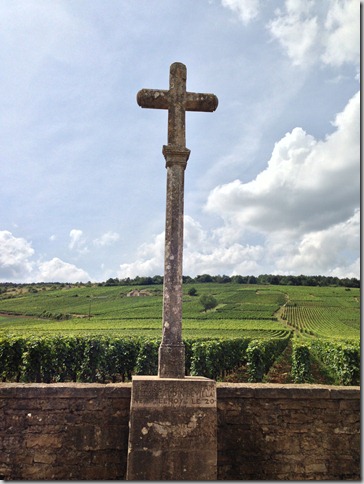
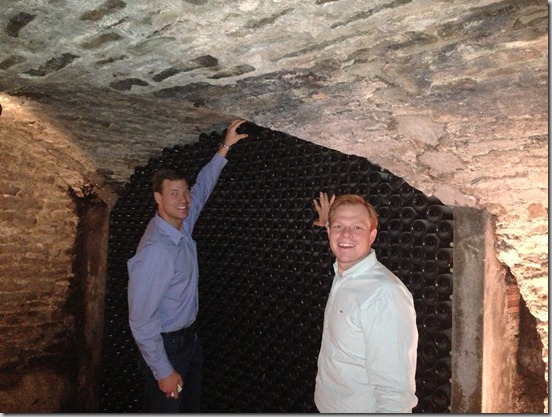
Your turn: Are you team red or white?
